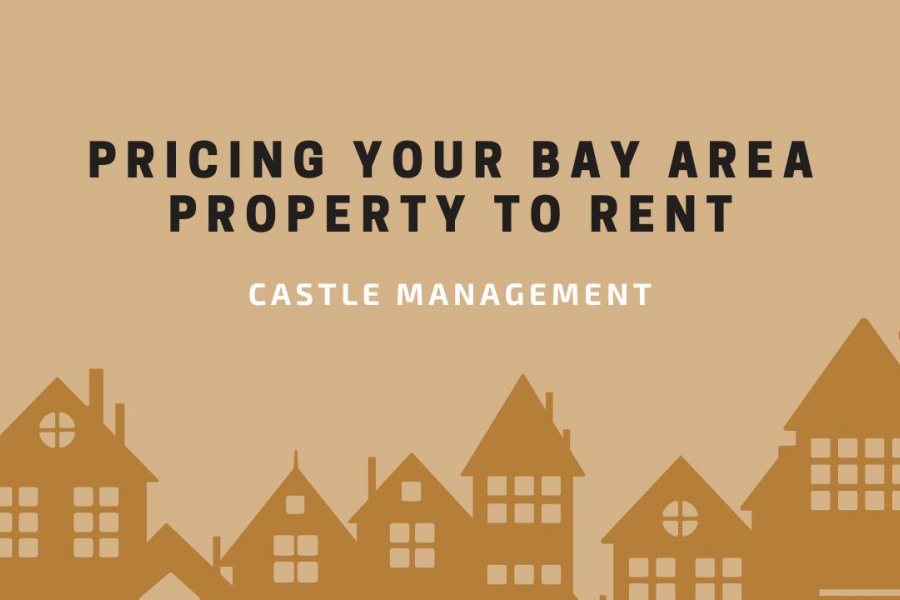
Renting out a property in the Bay Area can be an enticing investment opportunity, especially when dealing with multi-family properties. The soaring demand for housing in this region, known for its tech-driven economy and cultural vibrancy, makes it a favorable environment for real estate investors.
However, determining the right rental price for your multi-family property requires a thorough understanding of the local market dynamics, neighborhood trends, and tenant preferences. In this article, we'll delve into key considerations to help you effectively price your Bay Area multi-family property for rent.
Understanding the Bay Area Rental Market
The Bay Area, encompassing major cities like San Francisco, Oakland, and San Jose, is notorious for its high cost of living and limited housing supply. Rental rates are influenced by factors such as proximity to job hubs, public transportation, schools, and recreational facilities.
Before setting your rental price, it's essential to analyze the current rental market trends in your specific neighborhood.
Market Research and Comparable Analysis
Conducting thorough market research is crucial to determine the rental rates for multi-family properties in your area. Look for comparable properties that have similar features, such as the number of units, square footage, amenities, and location.
Online platforms, real estate listings, and property management websites can provide valuable insights into the current market conditions.
Neighborhood Dynamics
Each neighborhood within the Greater Bay Area has its unique characteristics that can influence rental pricing. Consider the proximity to major employers, universities, transportation hubs, and cultural attractions.
.jpg)
For instance, neighborhoods near tech giants like Apple, Google, and Facebook might command higher rents due to the demand from tech professionals.
Local Regulations and Rent Control
Keep in mind that certain cities in the Greater Bay Area have rent control ordinances and regulations that can impact your ability to increase rents. If you're a new DIY landlord or are feeling a little rusty, familiarize yourself with the local laws and restrictions that might affect your property's rental income.
Calculating Expenses
To determine the appropriate rental price for your multi-family property, you need to factor in all expenses associated with owning and maintaining the property.
Consider:
Mortgage Payments: If you have a mortgage on the property, this is a significant fixed expense.
Property Taxes: The Bay Area has varying property tax rates depending on the locality.
Insurance Costs: Property insurance is essential to protect your investment.
Maintenance and Repairs: Regular upkeep is necessary to ensure tenant satisfaction and preserve the property's value. This should also include renovation costs.
Utilities: Depending on your lease agreement, you might cover certain utilities, impacting the rent you charge.
Property Management Fees: Although you're not hiring anyone but a property manager, their fees need to be factored into your expenses.
HOA Fees: If applicable, homeowner association fees can affect your net rental income.
Vacancy Allowance: Account for potential periods when the property might be vacant between tenants.
.jpg)
Capital Expenditures: Set aside funds for major repairs or replacements, like a new roof or HVAC system.
Market Trends: Consider the potential for future rent increases as the market evolves.
You need to determine your ROI by considering all aspects.
Determining the Rent
After assessing all the expenses, you can calculate the ideal rent that covers costs while providing a reasonable return on investment. Aim for a rent that's competitive yet reflective of your property's unique attributes.
A property manager can assist in setting the optimal rent, as they possess local market knowledge and experience in managing properties in the Bay Area.
Tenant Preferences and Amenities
The Bay Area's diverse population has varying preferences when it comes to amenities.
Research the features that are in high demand among tenants, such as in-unit laundry, parking spaces, outdoor spaces, and proximity to public transportation. Incorporating these amenities into your property can justify a higher rental price.
Balancing Affordability and Profit
While maximizing your rental income is essential, it's equally important to consider affordability for potential tenants. The Bay Area's high living costs mean that renters often seek value for their money.
.jpg)
Setting a rent that strikes a balance between generating profit and offering a competitive price can attract long-term, reliable tenants.
Marketing Your Property
Once you've determined the appropriate rent, effectively marketing your multi-family property is crucial. High-quality photos, detailed property descriptions, and highlighting its unique features can make your property stand out in the competitive Bay Area market.
Online listings, social media platforms, and local real estate networks are valuable tools for reaching potential tenants.
Bottom Line
Pricing your multi-family property for rent in the competitive Bay Area market demands a thoughtful and data-driven approach. Through comprehensive market research, careful analysis of expenses, and consideration of tenant preferences, you can confidently determine the ideal rental price.
While avoiding the cost of hiring anyone other than a property manager, make the most of their expertise to navigate the complex rental landscape of the Bay Area. By setting the right rent and effectively marketing your property, you'll position yourself for success as a Bay Area property investor, maximizing returns while providing quality housing for your tenants.
Contact Castle Management today to get started!
